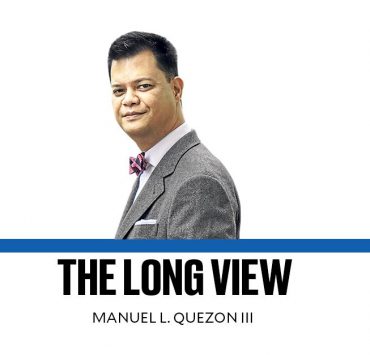Challenges to Asean rights declaration

Jakarta, Indonesia—Twelve years ago, the Association of Southeast Asian Nations (Asean) Human Rights Declaration (AHRD) was adopted alongside the Phnom Penh Statement, marking a milestone in the region’s quest for a human rights framework.
However, this anniversary highlights the AHRD’s dual legacy: a symbol of progress in regional cooperation, and a stark reminder of the ongoing challenges in aligning Asean’s diverse political systems and cultural contexts under a unified human rights banner.
Civil society groups had already criticized the draft for its lack of universality, its vague qualifiers like “in accordance with the law,” and provisions that seemed to allow states to limit fundamental freedoms. These shortcomings fueled fears that the AHRD might serve more as a shield for state control than as a genuine human rights instrument.
Indonesia’s proposal for the Phnom Penh Statement as an accompanying document to the AHRD offered a crucial compromise. The statement reaffirmed that the AHRD’s implementation must align with international human rights instruments, including the Universal Declaration of Human Rights, the Vienna Declaration and Programme of Action, and Asean’s own rights-related declarations.
A key paragraph underscored this alignment by stating Asean’s commitment to implement the AHRD in accordance with its international obligations. This diplomatic breakthrough secured the declaration’s passage, but also exposed Asean’s cautious approach to human rights in balancing national sovereignty with regional aspirations.
Comprising 40 articles, the AHRD outlines general principles on human rights, civil and political rights, economic, social and cultural rights, the right to development, as well as protections for vulnerable groups.
As a nonbinding instrument however, it leaves significant room for interpretation, which has undermined its effectiveness as a tool for genuine human rights reform. This flexibility reflects Asean’s political realities, but also raises concerns about the declaration’s practical impact.
Attempts to interpret and operationalize the AHRD have also faced challenges. In 2016, a proposal for the Asean Intergovernmental Commission on Human Rights (AICHR) to provide interpretations of specific AHRD provisions failed due to a lack of consensus among member states.
In 2019, the AICHR organized consultations with civil society, experts, and Asean sectoral bodies to contextualize and develop “general recommendations” on certain provisions, such as those on the rights of migrant workers (Article 4), the right to remedy (Article 5), people participation (Article 9), prevention of torture (Article 14), freedom of religion and belief (Article 22), freedom of expression and opinion (Article 23), freedom of peaceful assembly (Article 24), the right to a safe, clean and sustainable environment (Article 28 f.) and the right to development (Article 35).
These efforts have yet to materialize into actionable drafts, however, reflecting Asean’s broader struggle with implementation. Despite these challenges, the AHRD remains a vital reference point for promoting a rights-conscious Asean.
The AICHR has organized human rights dialogues, such as that in 2013 and in 2021-2024 as a platform to engage Asean member states to share developments in the issue in their respective countries. The Asean Community Councils Dialogue on Human Rights in 2013 and 2023 meanwhile created a platform for sectoral bodies under Asean’s political security, sociocultural and economic pillars, and an opportunity to redefine human rights as a lived reality for all its people.
Asean’s sectoral bodies have integrated human rights into various areas, including counter-trafficking, violent extremism, disaster management, peacebuilding and women, peace and security, disaster management, gender equality in agriculture, the protection of migrant workers, women empowerment, child protection, and climate change.
However, these efforts remain fragmented, with implementation often falling short.
The recommendations for the AICHR as an overarching body were to develop a whole-of-community approach in implementing the AHRD, thematic human rights guidelines, and greater stakeholder engagement to underscore the need for stronger coordination and accountability mechanisms.
Crucially, other AHRD provisions remain untouched including the right to personal liberty and freedom of movement; those of elder persons; to seek and receive asylum; to build family; to privacy; to participate in the government; to vote; to work; to form trade union; to adequate living standard, food, clothing, housing; to physical, mental, and reproductive health, to social security; of motherhood and childhood to special care, and to cultural life. More must be done in these areas. The Jakarta Post/Asia News Network

















